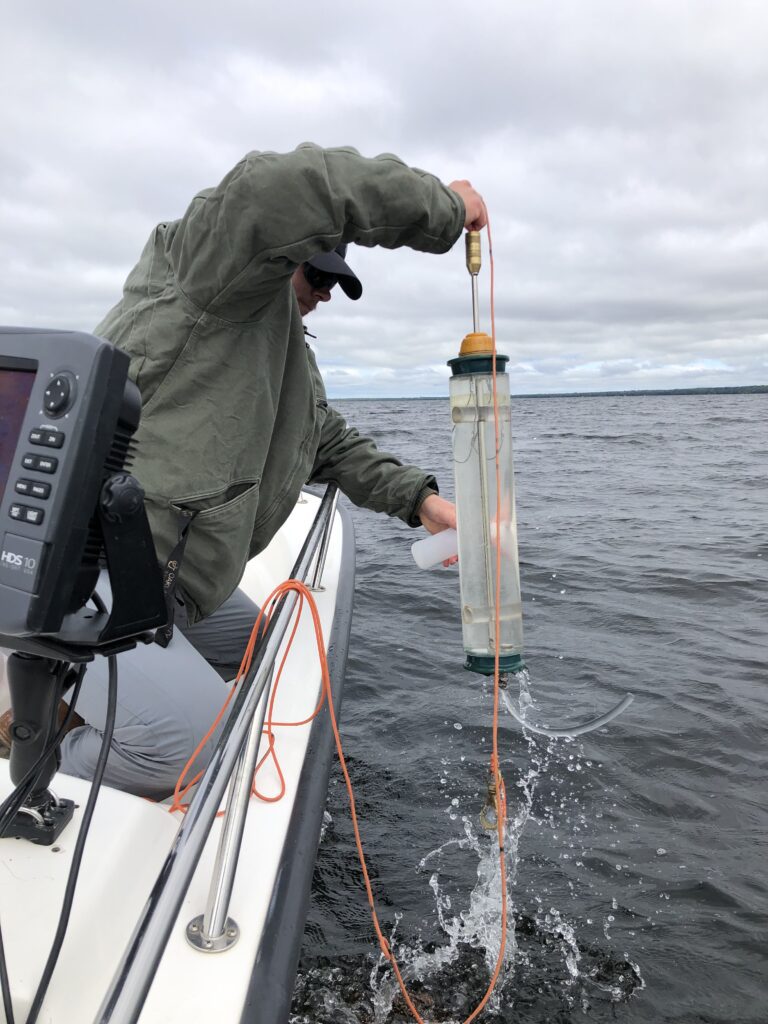The northern tip of the lower peninsula of Michigan contains some of the most pristine and healthy surface waters in the world. The high quality of the lakes and rivers reflect the largely natural state of the watersheds to which they pertain. Continuous non-disturbed terrestrial ecosystems, commonplace in Northern Michigan due to expansive areas of protected lands combined with sparse human settlement, are the foundation of the healthy aquatic ecosystems typical of the area. Land-cover statistics (for 2006), as determined by the NOAA Coastal Change Analysis Program, show that human impact remains low in the region with but 4% urban and 11% cultivated. However, US Census Bureau statistics reveal a gradual, yet steady population increase. In the forty-year period between 1960 -2000, the number of inhabitants in the northern counties of the Lower Peninsula has doubled. Furthermore, agricultural and urban land use each increased by over 1% from 2000 to 2006 (1% = 19,000 acres). This trend of increasing human populations and resultant landscape development stresses the need for monitoring the precious and valuable aquatic resources of the region.
The Comprehensive Water Quality Monitoring Program was launched by Tip of the Mitt Watershed Council in 1987. Initially, physical and chemical data were collected on 10 lakes but the program has progressively expanded to 58 lakes and rivers. Typically, data for nine parameters (temperature, dissolved oxygen, pH, conductivity, clarity, total phosphorous, total nitrogen, nitrate-nitrogen, and chloride) are collected at the surface, middle and bottom of the water column in each water body. This highly-accurate water quality data for lakes and rivers in Northern Michigan, collected consistently for the last 20+ years, have been compiled into a single database that can be used by staff to evaluate aquatic ecosystem health, examine trends within or among water bodies, and identify specific problems.
The water quality data is available to the general public through Water Reporter. We hope that the information made available via this web page can be used not only by Watershed Council members, but water resource professionals and other concerned individuals to further our common goal of protecting the water resources in Northern Michigan. If you have any questions or would like to learn more, please contact us at info@watershedcouncil.org
For Our Current Comprehensive Water Quality Monitoring Data, Click Below



